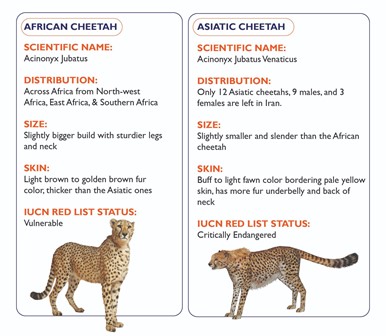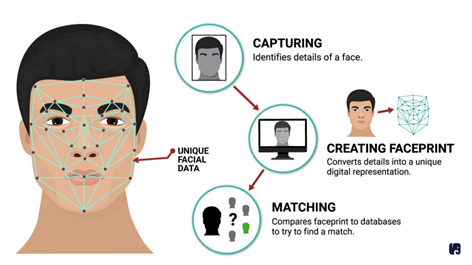Table of Contents
Precision Farming
Context: The Central Government is planning to invest Rs 6,000 crore in Precision Farming/ Smart farming to boost crop yields.
What is Precision Farming ?
- It is a farming management approach that uses technology (Internet of Things, Artificial Intelligence, drones and data analytics) to help farmers increase productivity and efficiency.
- Precision farming uses a combination of technologies, such as;
- GPS: Used for mapping, navigation and collecting data on fields.
- Drones: Used for scouting fields for pests and damage and for spraying pesticides.
- Machine learning: Used to process data from drones, robots and IoT devices.
- Yield monitoring: Used to generate yield maps during harvest by measuring the amount of harvest collected at specific points in the field.

| Smart Precision Horticulture Programme |
|
About Agriculture Infrastructure Fund (AIF)
- Nature of Scheme: Central Sector
- Duration: FY2020 to FY2032.
- Objective: To Provide medium to long-term debt financing for post-harvest management infrastructure and community farming assets.
- Features:
- Interest Subvention of 3% per annum for all loans up to a limit of ₹ 2 crores for a maximum period of 7 years.
- Credit guarantee coverage under Credit Guarantee Fund Trust for Micro and Small Enterprises (CGTMSE) scheme for loans up to Rs. 2 crore.
- The fee for this coverage will be paid by the Government.
- 24% of total grants–in–aid under the scheme should be utilised for SC/ST entrepreneurs (16% for SC and 8% for ST).
- Eligible Borrowers: Primary Agricultural Credit Societies (PACS), Marketing Cooperative Societies, Farmer Producers Organizations (FPOs), Farmers, Self Help Group (SHG) etc.
Project Cheetah
Context: The Cheetah Action Plan (CAP) which aimed to introduce African cheetahs into India’s Open Natural Ecosystems completed its two years in September. Cheetahs in India were brought from Namibia and South Africa.
About Project Cheetah
- The project involves moving cheetahs from South Africa and Namibia to Kuno National Park located in Madhya Pradesh.
- Launched: on September 17, 2022.
- Aim: To replenish the cheetah population in India.
- It was declared extinct in 1952.
- Cheetah Action Plan:
- It is a project to conserve cheetahs and restore ecosystem functions in India.
- Prepared by:
- National Tiger Conservation Authority (NTCA)
- Wildlife Institute of India (WII)
- Madhya Pradesh Forest Department.
- Objectives:
- To contribute towards the global conservation of the cheetah species.
- To restore open forest and savanna ecosystems, which will benefit biodiversity and ecosystem services.
- To improve the livelihoods of local communities through eco-tourism and eco-development.

Facial Recognition Technology
Context: Recently the Ministry of Civil Aviation (MoCA) has reiterated that Digi Yatra will become the “de facto” process of checking-in and boarding across all airports in India. Digi Yatra app uses Facial Recognition Technology.
What is Facial Recognition Technology (FRT)?
- It is a biometric technology which uses algorithms to identify and map an individual’s facial features.
- Procedure:

| Digi Yatra Initiative |
|


 Deputy Speaker of Lok Sabha, Constitutio...
Deputy Speaker of Lok Sabha, Constitutio...
 Cabinet Committee on Security (CCS): Com...
Cabinet Committee on Security (CCS): Com...
 Foundation Day of Indian States and UTs,...
Foundation Day of Indian States and UTs,...





















